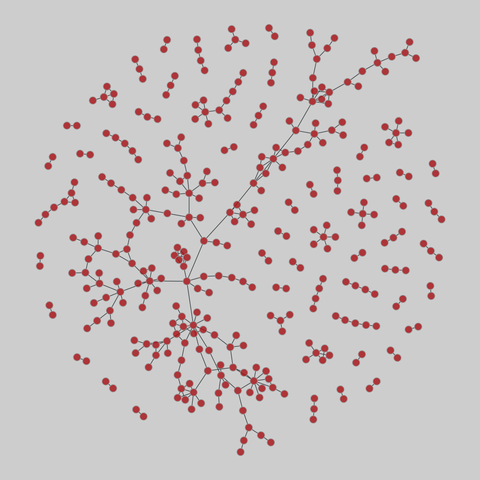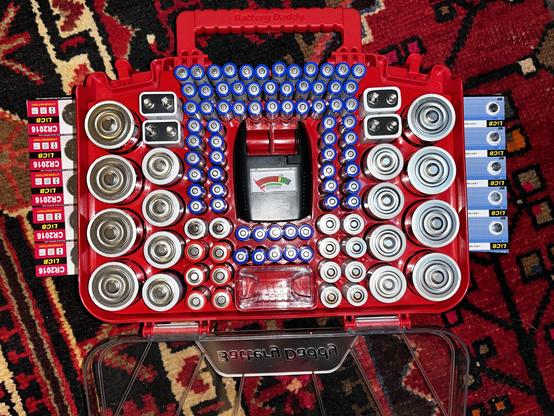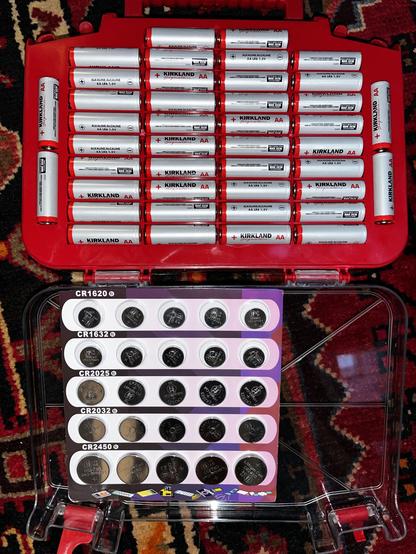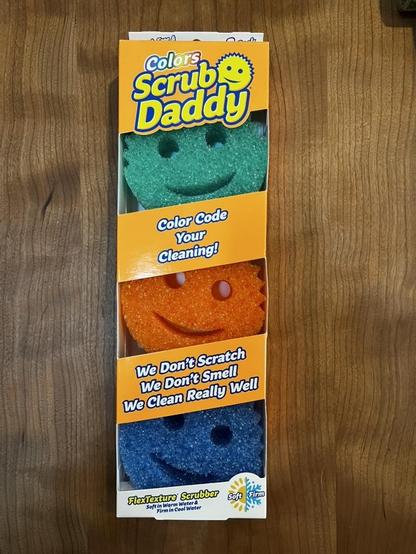2025-10-09 08:27:21
Ensemble seismic study of the properties of the core of Red Clump stars
Anthony Noll, Sarbani Basu, Saskia Hekker
https://arxiv.org/abs/2510.06494 https://…
2026-01-02 21:31:01
An interview with ex-NYT editor Billie Jean Sweeney, who says the NYT shifted to anti-trans bigotry and disinformation in about 2022, with guidance from the top (David Forbes/Trans News Network)
https://transnews.network/p/a-directiv
2025-12-31 20:55:36
DOJ seeks to enlist 400 attorneys to review more than 5M pages of Epstein records: Sources (ABC News)
https://abcnews.go.com/Politics/doj-seeks-enlist-400-attorneys-review-5m-pages/story?id=128809409
http://www.memeorandum.com/251231/p61#a251231p61
2025-11-20 20:51:49
A century of glaciers melting, condensed into a few seconds. Impressive video: https://www.instagram.com/reel/DQWfDRejcPw/?igsh=Zm51d2Qzb2xtNHM4
2025-11-02 17:09:40
My TL is full of people making these connections: white supremacy, oligarchs ending democracy, the US has never been a democracy for everyone, Jim Crow was the model the Nazis followed, etc. All important. All worth repeating over and over.
(“Broken record therapy,” my dad says: just keep saying it until they hear it.)
I’m bookmarking this particularly essay for the way it gathers the pieces in one place, the way it brings the history and the present into a single clear picture.
/end
2025-11-28 06:00:03
marvel_partnerships: Marvel character partnerships (2018)
A network of partnerships among characters in the Marvel comic book universe. Nodes are either heroes or villains, and edges represent partnerships between such characters. The partnership network was extracted from Wikipedia pages of these characters, which indicate partnership relations with other such pages.
This network has 350 nodes and 346 edges.
Tags: Social, Fictional, Unweighted
2025-12-30 00:00:49
I've never seen this outside of my family in the wild (some research shows there are other people online who've made it/have recipes).
We make “turkey roll" with leftover turkey dinner. I chop turkey, veggies, and stuffing up into small pieces, fry up some fresh onions celery garlic, and stuff it into biscuit dough, then bake.
It gets a "sauce" of either leftover extra-thickened gravy or a béchamel-ish white sauce. It's pretty tasty and the fresh bi…
2025-12-26 22:21:12
i gave my son-in-law a battery daddy (fully populated), a scrub daddy set, and a gift certificate to fat daddy
#BatteryDaddy #ScrubDaddy #FatDaddy
2025-10-28 18:19:45
Haciendo zapping en la tele: "Rosalía reinventa la música", "Esto es historia de la música", "Mezclar tu estilo con una orquesta sinfónica estš al alcance de unos pocos"....
Metallica en 1999:
https://www.youtube.com/watch?v=Tolj54hIY0s
PD: Que sí, que…
2025-11-09 22:56:11
EU's 20th sanctions package against Russia to be prepared 'within a month,' Zelensky says: https://benborges.xyz/2025/11/09/eus-th-sanctions-package-against.html









